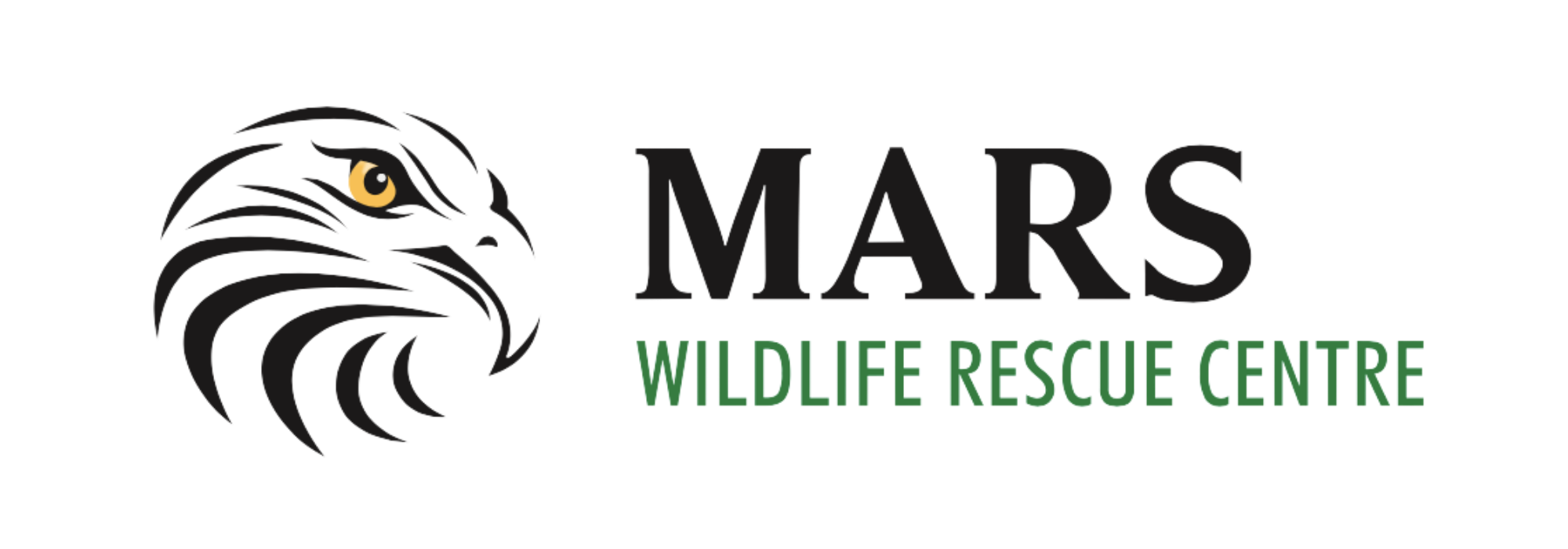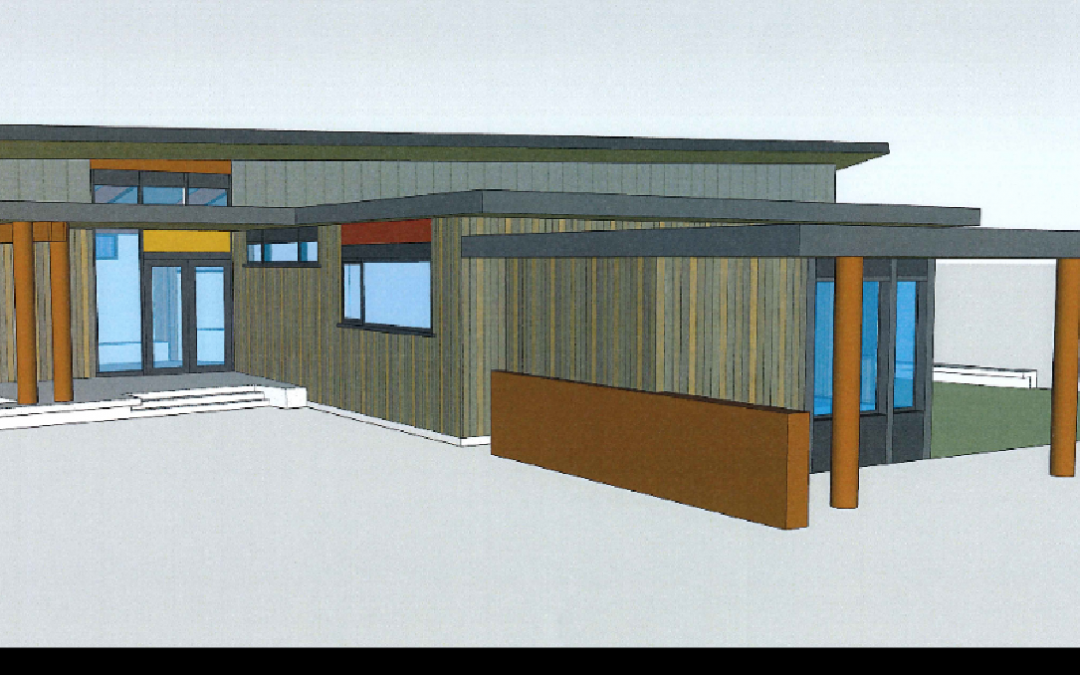MARS helps ill, injured, orphaned and oiled wildlife recover, then releases them back to into the wild. Our patient load has skyrocketed from just over 400 birds and mammals per year to over 700 in 2014 and nearly 800 this past year. It is a tribute to the ingenuity and commitment of MARS staff and volunteers that we have been able to cope with this enormous increase while working out of a converted garage on our founder’s property.
Despite best efforts to improvise, we have drastically outgrown our present location, and there is no room to expand. In the spring of 2015, Mars bought 4.4 hectares (11 acres) of land not far from our current facility and began making plans for a new rehabilitation facility. This purchase was made possible by a generous bequest from a supporter supplemented by smaller contributions from other private donors.
The new MARS Wildlife Centre will include: the Wildlife Hospital; a Visitors Interpretative Building ; an Aviary for our educational or ambassador birds; a Flight Pen for large birds such as herons, owls and eagles; as well as trails leading to viewing sites on the wetland. We also hope to raise enough money to build housing for a caretaker, students and visitors.
The MARS Wildlife Centre will provide native species with familiar habitat in which to recover and new habitat in which to thrive. It will also be a place for people to share information and learn about Vancouver Island wildlife. The goal is to have this Centre complete and ready for occupancy by May 2017.
Wildlife Hospital
The hospital is our highest priority. Without a facility to take care of wildlife, we will not achieve our core purpose. Our hospital design is modest in size (1250 sq/ft), yet maximizes the space provided.
MARS staff and volunteers have visited other wildlife rescue centres in B.C., and received generous input from the managers of these facilities based on what they have learned. The MARS Wildlife Hospital will follow guidelines for animal health set by the International Wildlife Rehabilitation Council.
One of the many important functions that MARS accomplishes is our contribution to recovery of species of interest (yellow listed) species at risk (blue listed) and endangered species (red listed). During our 2014 fiscal year we received 47 (yellow listed) Bald Eagles. (Note: the eagle population of Campbell River is about 70).
The red and blue-listed species we treated in 2014 included 4 Great Blue Herons, 1 Ancient Murrelet, 4 Barn Owls, 8 Northern Saw-Whet Owls, 7 Western Screech Owls, 8 Northern Pygmy Owls, 4 Little Brown Bats, 1 Sandhill Crane, and 1 Marbled Murrelet. Maintaining or increasing the population of these species is vital. With our new facility we have the potential to participate in captive breeding programs; a significant component of many provincial and federal recovery strategies.
At MARS, we have developed a risk matrix policy for the identification and treatment of yellow, blue and red listed species. The policy recognizes the need to expend greater effort to bring listed species back to health. We have had great success with this program. With our current facility, we lack the space and equipment to rehabilitate some species. As a result, these cases are transferred to other, larger facilities that do not have a similar policy. Our new hospital (and other structures) will improve our ability to treat and release these species on site.
MARS has provided care and shelter to many species listed by the BC Conservation Data Centre (CDC) as being yellow listed (of special interest), blue listed (threatened) and red listed (endangered) such as Great Blue Herons, Northern Goshawks, Marbled Murrelets, Western Screech Owls, Northern Pygmy Owls, Barn Swallows and even Townsend’s Big Eared Bats and Painted Turtles.
Wildlife Education
Our goal is to build a Wildlife Centre that will instill a sense of wonder and excitement in all of our visitors, from children to seniors, and enhance their ability to explore, understand and safeguard the nature that surrounds us.
Our existing facility, due to very limited space, is largely off-limits to the public due to permit restrictions and the vulnerability of wildlife to stress. Each year, MARS’s staff and volunteers visit over 30 classrooms and provide information at 25 – 30 community events throughout the Comox Valley, Campbell River, and surrounding communities. Guest presentations by MARS staff or volunteers include church groups, senior’s centers and service clubs. We reach thousands of people every year with these presentations and at our own signature events: Eagle Festival in Campbell River and the annual Open House.
Education is a significant part of the MARS mandate. Requests for presentations are increasing but we have neither the space for onsite programs, nor the time to travel extensively throughout the large northern Vancouver Island region we serve. The facilities on the new property will provide onsite educational programs for children, their families and people visiting our area. Out of town visitors will learn about the diversity of wildlife in the region, and about rehabilitation and conservation in action.




